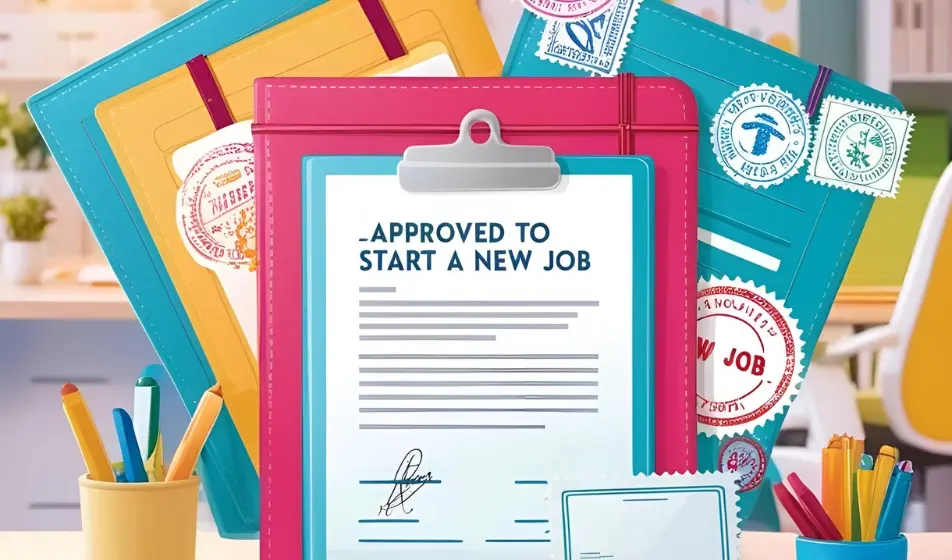Retention has never been more of a challenge. One study found that an incredible 69% of employees were thinking about changing roles within 6 months.
This presents employers with an interesting dilemma. On one hand they must work harder than ever to keep hold of experienced staff. Yet on the other hand, there is an abundance of potential candidates available.
With the advent of Google's new job board and an ever increasing array of online recruitment sites and job postings, it's easer than ever take recruitment into your own hands.
But how can an SME negotiate the art of recruiting high quality candidates, while holding onto the star employees that drive business forwards?
Strong employee retention is dynamite for productivity
Losing your best employees isn’t just about losing the input of those individuals. Keeping employees on-board is good news for overall business productivity. Here’s why:
-
It’s more cost-effective
Hiring and onboarding costs time and money. According to research, the average employee costs £12,000 to replace. And that money could be better invested in programmes, software, even a marketing campaign – all of which can drive your productivity.
-
A stable team is a productive team
Research shows that people follow a similar pattern when forming a new “team”: forming, storming, norming, performing. No matter how good the people in your team are, replacing a team member means it takes time for them to reach the “performing” stage, and whilst that’s the case, you cannot expect peak productivity.
-
Established employees are more productive
It can take up to two years for an employee to reach peak productivity. On this basis, if an employee hands in their notice within two years of their start date, it’s reasonable to assume that they didn’t reach their potential with you.
How do you attract and retain employees?
There's a lot of noise around recruitment and a drum-full of inspirational quotes on how to attract and retain talented employees. In a world where choice seems limitless, the task of recruiting a dream team needn't be limited to location or experience.
Here's our round-up of the most effective ways to attract, and even more importantly, to retain quality employees.
1. Look at your numbers
First off, it always pays to look into the numbers by keeping an eye on your employee turnover. Is there a pattern?
Your business might be small enough for you to see if some teams or departments are losing employees more than others. If your SME is larger, cut the data by team and by time period to see if there’s an underlying trend.
2. Understand why people leave
Numbers alone won’t help you. You need to know why your employees are leaving.
Conducting exit interviews might seem like too much when you’re already swamped with recruiting for the next role. But think twice: these interviews provide valuable insights into why – and where - employees are packing up their desks.
3. Put culture first
It doesn't matter who they are, culture matters to your employees. At least that’s the
message Gallup took from a study where they asked individuals from a range of generations what they look for most in an employer. Baby Boomers, Millennials and Gen Z were consistent in stating the importance of ethical leadership.In other words, reputation matters. Establish your company culture and then nurture it. Don't forget that future employees have immediate visibility of company recommendations from websites such as Glassdoor.
4. Get flexible
If you’re serious about improving retention, introducing flexible working will yield strong results.
In fact, a study by the TUC found that 28% of employees would look for a new job if it gave them more convenient hours.
Stuck for ideas? Open it up to your staff and agree ways of working more flexibly. There are lots of solutions available, such as working from home, flexi-time and job sharing.
And, as studies show that flexible working-employees are more productive, becoming more flexible should definitely be on your to-do list.
Managing flexible working doesn’t need to be difficult; cloud-based HR software such as Breathe is accessible no matter where or when your team is working.
5. Engage them
Studies repeatedly show that employees are more likely to stay if they find meaning in their work.
And, as an SME you’ve got a better chance; Gallup found that employee engagement diminishes with the size of your business.
Regularly review workloads and ensure your people are engaged in their roles. Small changes such as the way you recognise and reward employees can make a big difference. Regular short employee engagement surveys are a valuable way of understanding the general mood within your business.
6. Be diverse and inclusive
Many businesses are making a concerted effort to improve their workforce diversity. And that’s great for business.
In fact, a McKinsey study found that organisations who are more gender-balanced and racially diverse see better overall performance.
But too many businesses forget about inclusivity and that spells disaster for employee retention. Inclusivity is about backing up your diversity promises; in simple terms that’s about making your workplace welcoming to broader audience – a far cry from the ’bro culture’ you might see in some SMEs.
After all, why would a new employee stay in an organisation where they felt excluded?
7. Help them develop
Give your employees the chance of a career, not a job. Developing your employees means better retention. And it seems that no matter how much training you provide, employees are thirsty for more. One study found that among employees who receive monthly training, 80% claimed to want more.
So, what can you do? Ask your employees what they want out of their careers and discuss how you might be able to help them. Although the investment in training may add costs to your business in the short term, it will pay back with more effective, productive employees who are more likely to stay with you.
8. Refer a friend
Your employees are the best ambassadors for your company; treat them well and you'll reap the rewards. This is especially true when it comes to recruitment.
Speed up the recruitment process and by rewarding staff who have 'phoned a friend' and sent new recruits to your inbox with financial incentives or other rewards. As well as making the recruitment process faster and more personal, it’s cheaper than recruitment fees.
You will want to ensure your referral policy includes some hard and fast rules – such as paying the retention bonus after a new employee has completed their probation period, limiting the number of employees an employee can refer within a set time period and disallowing referrals of family members.
There’s no magic formula for attracting new employees and keeping valuable members of staff, but with the right balance of HR practices and positive leadership you can strengthen your position.
Get to the anonymous, honest feedback that matters to HR - survey your team with Breathe's Employee NPS feature.

Author: Laura Sands
Laura is a writer who enjoys getting into the detail of subjects and sharing that knowledge with snappy, interesting content. When not typing away, she enjoys walks in the woods and curling up with a good book and mug of something hot.





